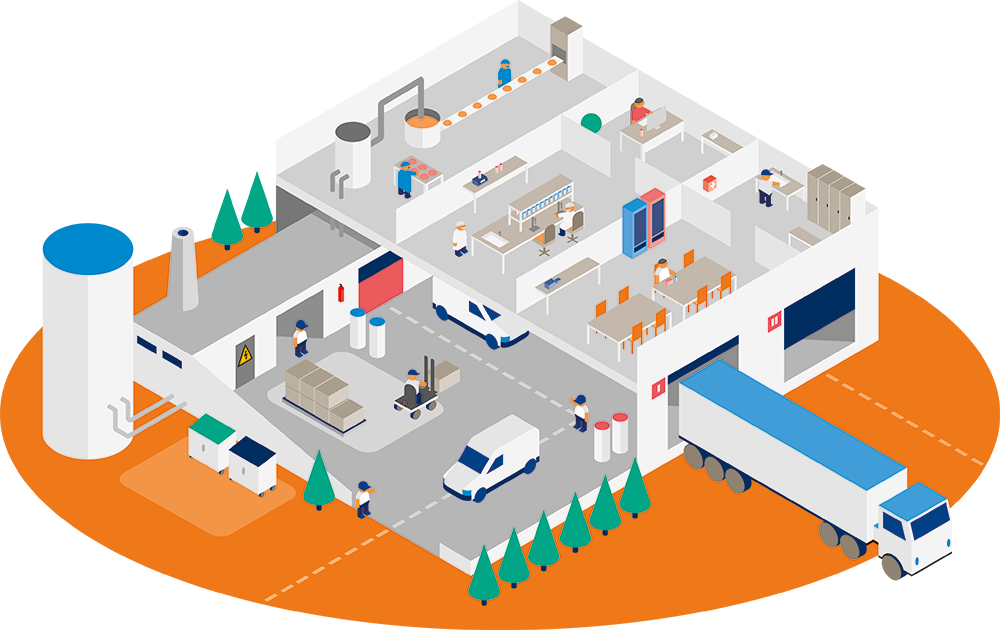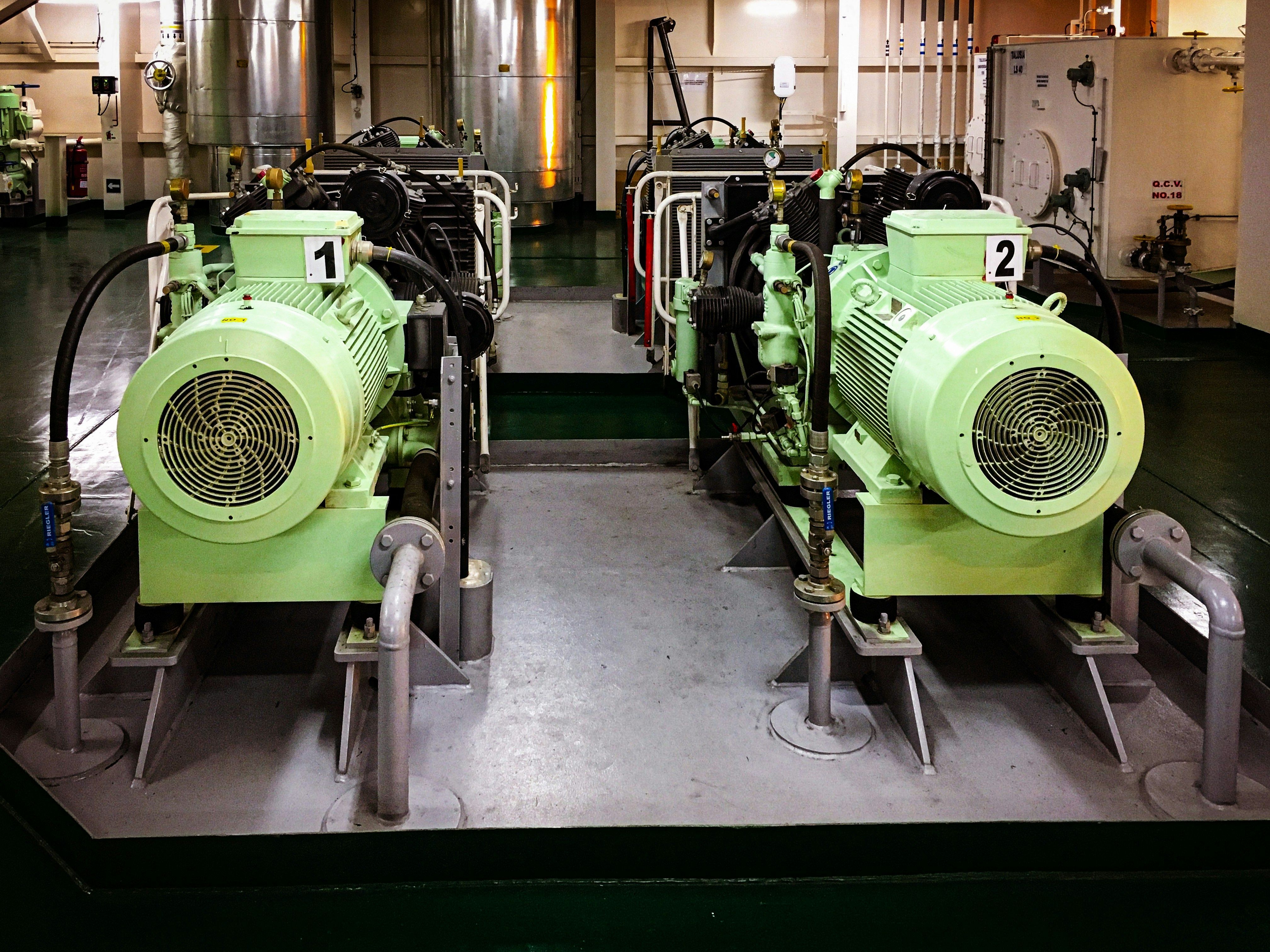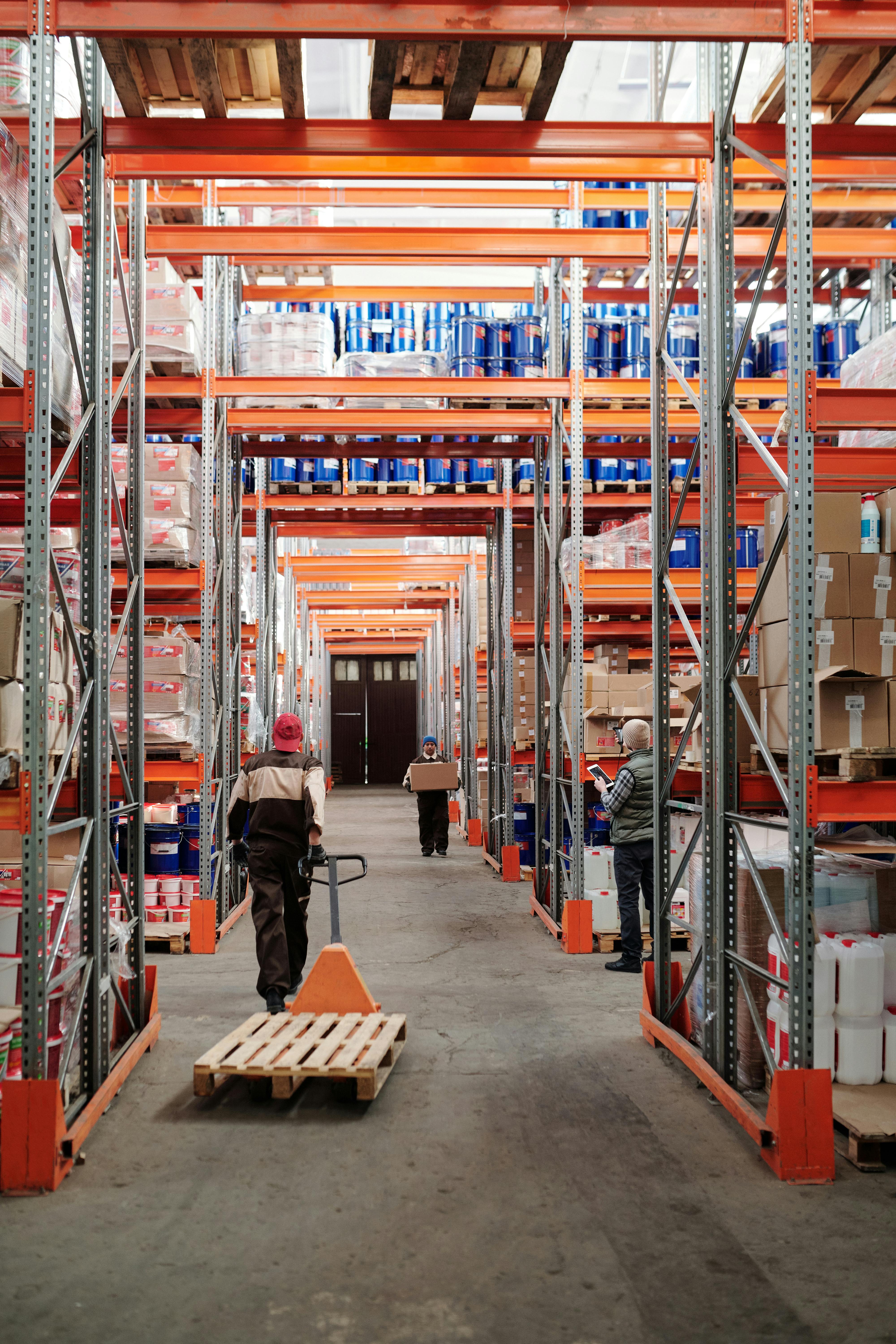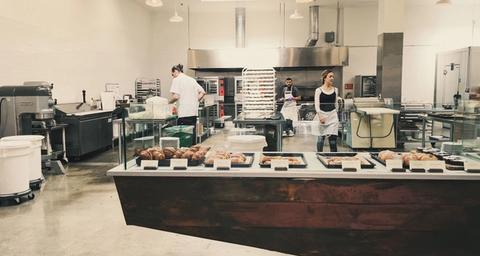What areas of the facility are at higher risk for pest entry or infestation?

Certain areas within a food processing facility are at a higher risk for pest entry or infestation due to factors like food availability, shelter, and accessibility. Key high-risk zones include silos, where stored grains and materials can attract pests; the roof, walls, doors, and windows, which can provide entry points if not properly sealed.
Utilities and server rooms can also harbor pests, particularly in areas with pipes or electrical conduits. Waste sites are prime locations for pest attraction due to organic matter, while warehouses and supply areas store raw materials and finished products that can be vulnerable.
Loading docks, where goods are frequently brought in and out, also present opportunities for pests to enter. Staff lounges and cafeterias, with food and waste left unattended, are often at risk. Sanitary spaces, like restrooms and cleaning areas, can provide moisture and hiding places, while office spaces may be overlooked in pest control efforts.
Additionally, R&D departments and production halls contain equipment, food, and materials that are appealing to pests, making them critical areas for monitoring and protection. Addressing these high-risk zones is essential for maintaining a pest-free environment.
Service Ducts
Service ducts, including ventilation ducts, utility ducts, and other enclosed passageways, often serve as hidden pathways throughout a facility. These ducts provide an undetected route for pests such as rodents and insects to move between areas. Additionally, ducts offer a warm, sheltered environment, making them an attractive nesting site, particularly for rodents in search of shelter. Ensuring these pathways are sealed and regularly inspected is crucial to preventing pest movement and nesting within the facility.
Waste Site
Waste sites, including bins and disposal areas, are highly susceptible to pest infestations if not managed properly. Food traces left in waste bins can attract pests, while decomposing food waste emits strong odors that act as a powerful signal, drawing pests from a distance. Cracks, crevices, and structural gaps in bins and disposal areas can provide ideal harborage for pests, exacerbating the problem. Effective waste management, regular cleaning, and proper sealing of disposal areas are essential to reduce pest attraction and prevent infestations.

Utilities Room
Equipment with hard-to-reach spaces can serve as ideal hiding spots for pests. Areas beneath and around conveyor belts are particularly vulnerable, as they can accumulate food particles and debris, providing a consistent food source. Pests often take refuge in these hidden spaces, making them difficult to detect and eradicate without thorough cleaning and proper sanitation practices. Regular maintenance and cleaning are essential to prevent infestations in these hard-to-access areas.

Warehouse and Supply Area
Modern warehouses often feature extensive automation, including picking robots and high racks stacked along the walls. These setups, while efficient for operations, also create ideal conditions for pests. The accessibility of goods, the abundance of nesting materials, and the ability to hide between racks provide pests with ample opportunities to settle and thrive.
The limited human activity in these areas allows pest infestations to go unnoticed for extended periods, enabling pests to proliferate and cause more significant problems. Additionally, certain pests thrive under specific temperature and humidity conditions. Without proper climate control, storage areas can inadvertently create favorable environments for pests. Excess moisture can also lead to mold growth, which further attracts pests. Implementing strict monitoring and environmental controls is essential to mitigate these risks.
Office Spaces and Server Rooms
While not typically associated with pest infestations, server rooms can attract pests due to the heat generated by IT equipment, providing ideal nesting and hiding spots. In office areas, employees may consume snacks or meals, leaving behind crumbs or spills that can attract pests if not cleaned promptly.
Restrooms
Restrooms, with their water sources such as sinks, toilets, and showers, are highly attractive to pests like cockroaches, flies, and rodents. The presence of moisture creates an ideal environment for these pests to thrive, emphasizing the importance of regular maintenance and proper sanitation.
R&D Department
The R&D department in a food plant plays a crucial role in developing new products, enhancing existing ones, and optimizing production processes. This area often utilizes various raw materials, ingredients, and samples, as well as equipment with hard-to-reach areas where food residue can accumulate, creating potential pest hotspots.
Production Hall
Production halls are typically maintained at specific temperature and humidity levels to ensure optimal processing conditions. These controlled environments can inadvertently attract pests that thrive in warm, humid conditions. Additionally, food residue accumulating in production machinery and equipment can serve as a food source, making these areas particularly susceptible to infestations. Regular cleaning and monitoring are essential to mitigate these risks.
Other potential weak points that need attention in your food processing facility
- Areas with poor drainage can lead to standing water, which attracts pests. Installing proper drainage systems and conducting regular inspections are essential to eliminate these issues.
- Incoming shipments pose another risk, as they can inadvertently bring pests into the facility. Establishing thorough inspection protocols for all deliveries helps prevent pest entry.
- Overgrown vegetation or landscaping near the facility provides hiding places for pests. Maintaining a clear and well-kept perimeter around the building is crucial for reducing potential pest habitats.

